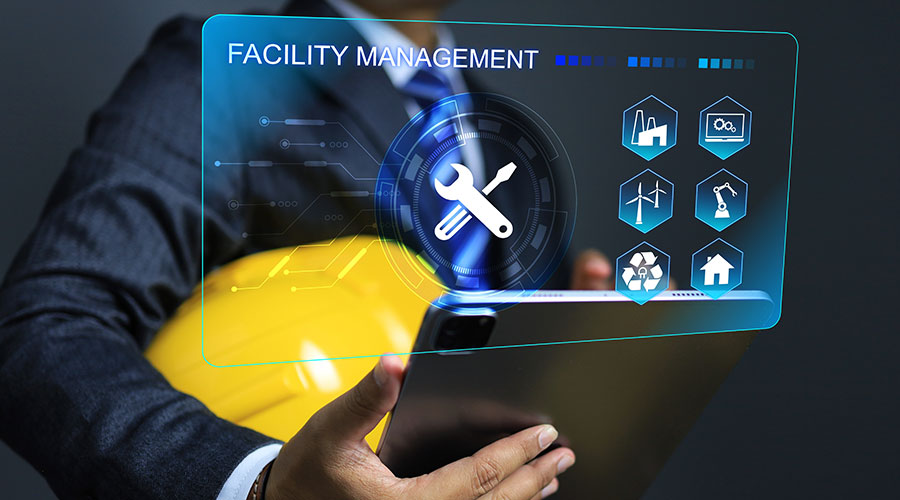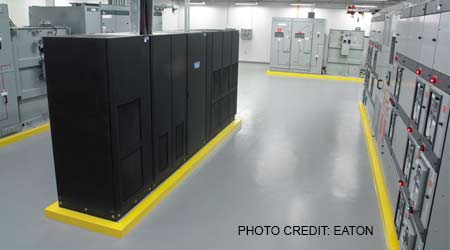|
When it’s time to buy an uninterruptible power supply for new construction or replacement, there are five criteria to keep in mind, says Steve Smith, manager, data center/critical systems for Arvest Bank Operations.
1. What’s the long-term UPS load? “You have to know your Day 1 size, and you have to know your growth size,” says Smith, who has over 22 years of experience with mission-critical data centers. “A facility manager should always be looking five, seven, and 10 years out.” The ultimate load can be met either with either a single module sized for the ultimate demand or with a multi-module system that starts with a fraction of that final need.
2. How much battery time is required? The answer varies with the application. In a data center with a generator, that typically means long enough for the generator to start, to restart if there is a problem the first time, and to ride through brief utility outages. Smith says he usually specifies 10 minutes at 100 percent load for that sort of application. If there is no generator to take up the load, the UPS batteries need to be able to ride through short utility outages while providing enough time for an orderly shutdown if necessary.
3. How critical is the application? Answering that question requires a conversation with top management and a close look at the business model. Because criticality determines the need for redundancy, the answer to this question sets the stage for answering the next questions.
4. Is redundancy required? To determine the need for redundancy, the facility manager has to determine the bottom-line impact of an outage. “There are very real costs when people can’t do their jobs,” Smith says. What’s more, an outage may result in a loss of income. The potential costs and losses determine whether an investment in a UPS is justified.
5. How much redundancy is required? There are multiple levels of redundancy — from an extra module all the way up to a concurrently maintainable system — and additional redundancy increases costs. Some organizations may have a window where a UPS outage is acceptable, providing a period when the system can be taken down for maintenance. But in other cases, concurrent maintainability may be a requirement. “These are all very expensive conversations,” says Smith. Whatever decision is made, it has to be in line with the goals and objectives of the organization.
— Edward Sullivan, editor
|















